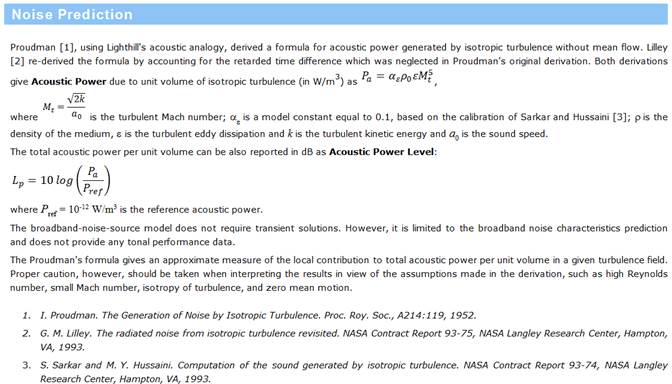
Therefore they would have an advantage over engineering students. Mathematicians and physics research students can get through it because the majority have covered a module of computational PDEs. Masters level and aerospace engineers won't find much difficulty in reading this chapter but won't be able to really get to the solving part of the equations.

Engineering student would find some difficulty in reading this chapter because engineering students focus is mostly on the Bernoulli's equation due to its relation to the application side of things. This chapter covers the Navier-Stokes equations and dissects them into different and discuses each one and its impact on the flow properties. This chapter is easy and the reader should not go through much trouble in reading it.

This chapter provides the reader with an introductory descriptive material about Turbulence and occasional life encounters. Part I The classical picture of turbulence It can provide engineers with some introductory material on turbulence.

This book is advisable for researchers working on turbulence models development, astrophysical and geophysical research projects. The way the author speaks to the reader through the written material in the book makes the reader enjoy reading the book and the simplified way the equations have been presented helps in attracting the reader's attention to read more about turbulence.
#Solidworks flow simulation turbulence models code#
The majority of interested researchers about the energy spectral are the ones who work closely in turbulence models development this is where mathematicians, physicists and programmers come in.Ĭhapter 7 this chapter cover some analytical tools to study turbulence with the coverage of stochastic models.Ĭhapter 8 This chapter talks about two dimensional turbulence, as it is known turbulence code development starts from a one dimensional case and processed to a two dimensional case.Ĭhapter 9 This chapter focuses on three dimensional turbulence and its relation to geophysical application.Ĭhapter 10 This chapter links the thermal side of a heart problem to solving the momentum and mass conservation equations, because heat is a contributing factor in lots of applications one of them is the geophysical side.Ĭhapter 11 This chapter covers the use of probability tools on the Navier-Stokes equations to implement turbulence modelsĬhapter 12 This chapter covers the use of filtering tools on the Navier-Stokes equations to implement turbulence models which leads to filter out unwanted eddies from the simulation which in turn reduces computational time cost which is an important factor to achieve project deadlines.Ĭhapter 13 This chapter cover four examples about turbulence models.

The way to derive these kinds of analysis tools is through the use of Fourier space mathematical tools, therefore you need to refresh you vector calculus and computational PDEs modules.Ĭhapter 6 this chapter covers isotropic turbulence phenomenology which represents a theory to solve turbulence models therefore coverage of the flow energy spectra using mathematical spectral tools is done by the author, the main purpose of using the energy spectra tools is to verify that the numerical simulation is giving the correct results for the studied problem from an engineering point of view. This is done through applying the homogenous turbulence case. Jet flows are the first example always covered to study shear flows that is why the chapter covers several types of jet flows including channel flows with some extent to mathematical formulations.Ĭhapter 5 this chapter covers the flow quantification parameters these are important at the data analysis stage of the project and turbulence model development. The method to do so is through using mathematical tools to quantify the stability of the flow.Ĭhapter 4 this chapter covers shear flows turbulence, when turbulence occurs shear flow occurs the magnitude and rate of the turbulence are related to how much energy is put into the flow. The chapter will cover the equations but would not tell you the methods to solve these kinds of equations.Ĭhapter 3 this chapter covers the transition of a flow from a laminar state to a turbulent state. The book covers lots of encountered flow phenomena's especially in the field of atmospherical fluid dynamics, it gives examples on the power of computational fluid dynamics turbulence models in capturing the discussed phenomena's.Ĭhapter 1 gives the reader a simplified introduction to the field of turbulence.Ĭhapter 2 this chapter covers the used equations and principles to solve computational fluid dynamics problems, such as the conservation of momentum, conservation of mass, ideal gas definition.


 0 kommentar(er)
0 kommentar(er)
